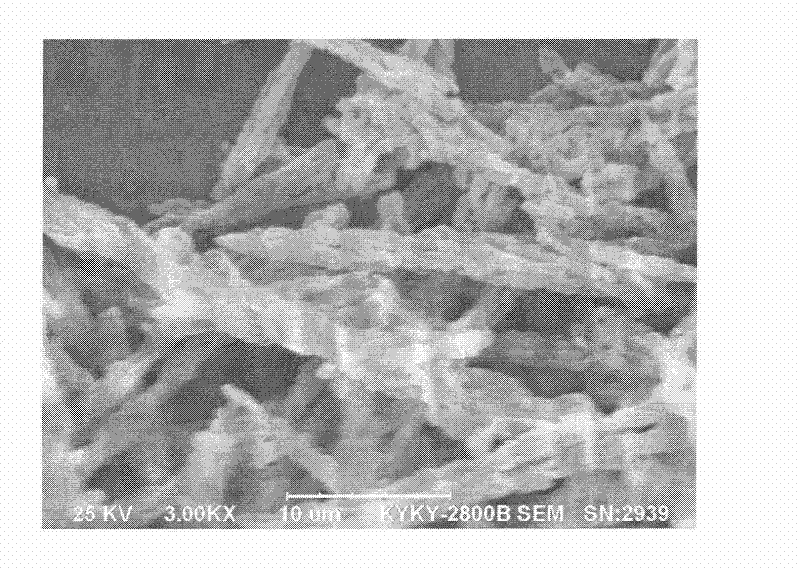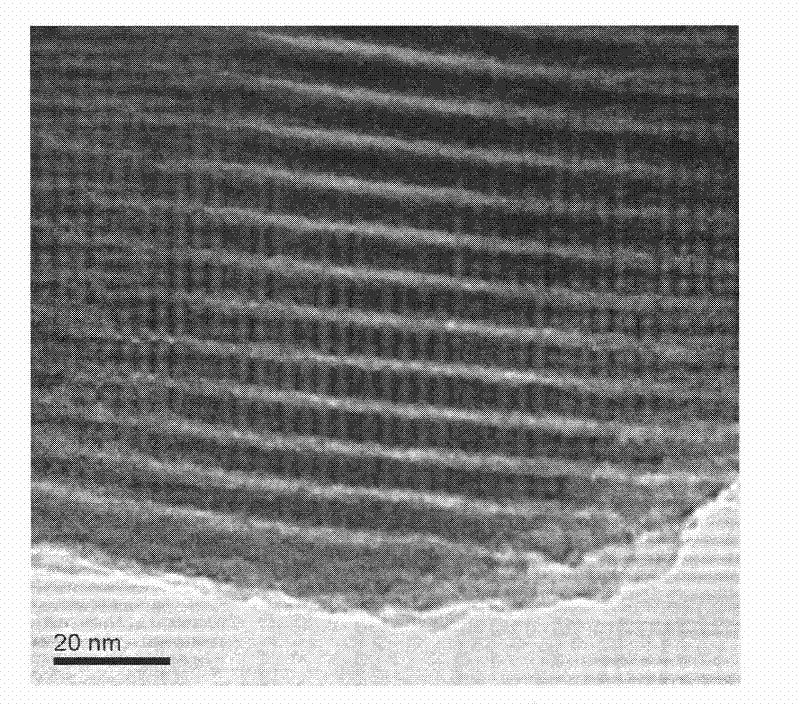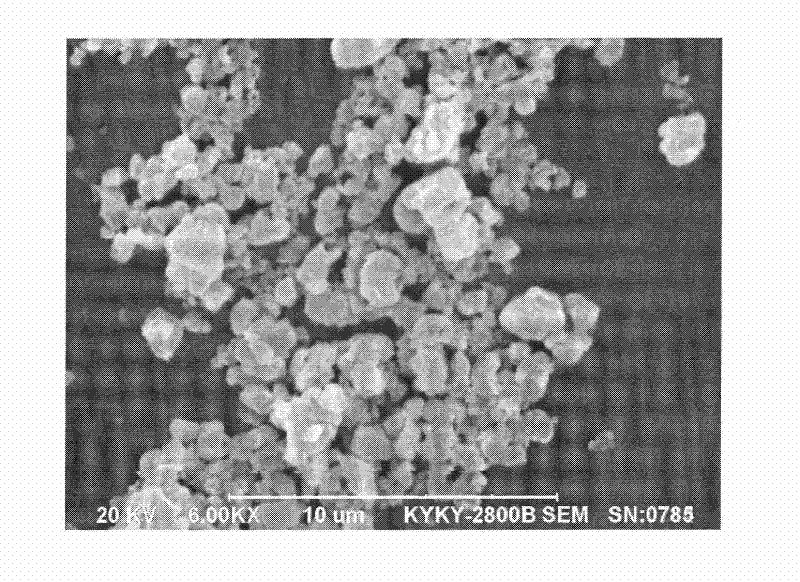A kind of method for synthesizing 1,6-hexanediol by gas-phase hydrogenation of dimethyl adipate
A technology of dimethyl adipate and hexanediol, applied in 1 field, can solve problems such as difficult handling of lead-containing guard beds, and achieve the effects of improving physical properties and catalytic properties, mild reaction conditions and strong penetrating ability
- Summary
- Abstract
- Description
- Claims
- Application Information
AI Technical Summary
Problems solved by technology
Method used
Image
Examples
Embodiment 1
[0044] 1. Preparation of guard bed
[0045] Coal-based activated carbon was first soaked with 10% hydrochloric acid solution and stirred on a stirrer for 18 hours, then kept in an oven at 100°C for 2 hours, and washed repeatedly with deionized water until neutral. Then, it was evaporated to nearly dryness under 500W intermittent power in a microwave oven, dried by microwave radiation (120° C.) for 20 minutes, and cooled and preserved for later use.
[0046] 5 g of pretreated coal-based activated carbon was impregnated in 25 mL of K 2 CO 3 and CaCO 3 In a solution of 1 mol / liter respectively, stir in a stirrer for 4 hours, then evaporate to near dryness in a microwave oven with 500W intermittent power, and cool to room temperature; 2 CO 3 and CaCO 3 Put the activated carbon into a quartz glass tube with a sieve plate, and pass nitrogen protection under the tube to prevent the activated carbon from oxidizing and burning. Place the quartz tube in a reaction furnace for calci...
Embodiment 2
[0055] 1. Preparation of guard bed
[0056] The coal-based activated carbon after the pretreatment of 5 grams of embodiment 1 is impregnated in 25 milliliters of K 2 CO 3 and CaCO 3 In a solution of 3mol / L respectively, stir in a stirrer for 4 hours, then evaporate to nearly dryness in a microwave oven with 500W intermittent power, dry for 30 minutes under microwave radiation (120°C), and cool to room temperature; 2 CO 3 and CaCO 3 The activated carbon is loaded into a quartz glass tube with a sieve plate, and the tube is protected by nitrogen to prevent the oxidative combustion of the activated carbon. The quartz tube is placed in a reaction furnace at 350°C for 4 hours. After the calcination, continue to cool to room temperature with nitrogen, and then granulate , that is, 30.7wt% activated carbon, 43.5wt% K 2 A guard bed of O and 25.8 wt% CaO.
[0057] 2. Preparation of MCM-48 carrier:
[0058] Tetraethyl orthosilicate (TEOS), cetyltrimethylammonium bromide (CTAB), s...
Embodiment 3
[0065] 1. Preparation of guard bed:
[0066] The coal-based activated carbon after the pretreatment of 5 grams of embodiment 1 is impregnated in 25 milliliters of K 2 CO 3 and CaCO 3 In the solutions of 1 mol / L and 3 mol / L respectively, stir in a stirrer for 4 hours, then evaporate to nearly dryness in a microwave oven with 500W intermittent power, dry for 30 minutes under microwave radiation (120°C), and cool to room temperature; K 2 CO 3 and CaCO 3 Put the activated carbon into a quartz glass tube with a sieve plate, and pass nitrogen protection under the tube to prevent the activated carbon from oxidizing and burning. Place the quartz tube in a reaction furnace for calcination at 350°C for 4 hours. After the calcination, continue to pass nitrogen to cool to room temperature, granulate and fill , that is, 43.2wt% activated carbon, 20.4wt% K 2 A guard bed of O and 36.4 wt% CaO.
[0067] 2. Preparation of hydrogenation catalyst
[0068] 16.0 g Cu(NO 3 ) 2 ·3H 2 0 di...
PUM
| Property | Measurement | Unit |
|---|---|---|
| power | aaaaa | aaaaa |
Abstract
Description
Claims
Application Information
 Login to View More
Login to View More - R&D
- Intellectual Property
- Life Sciences
- Materials
- Tech Scout
- Unparalleled Data Quality
- Higher Quality Content
- 60% Fewer Hallucinations
Browse by: Latest US Patents, China's latest patents, Technical Efficacy Thesaurus, Application Domain, Technology Topic, Popular Technical Reports.
© 2025 PatSnap. All rights reserved.Legal|Privacy policy|Modern Slavery Act Transparency Statement|Sitemap|About US| Contact US: help@patsnap.com



